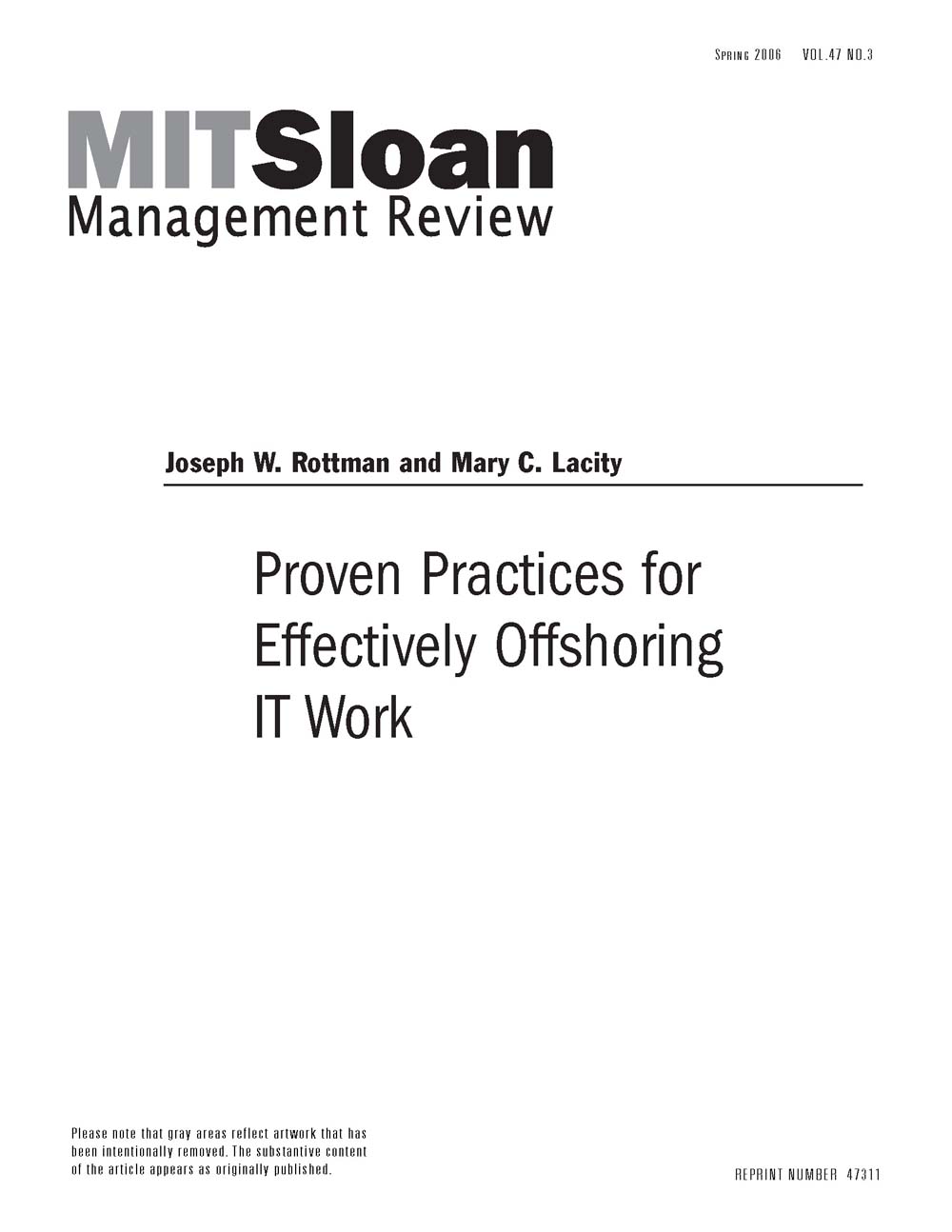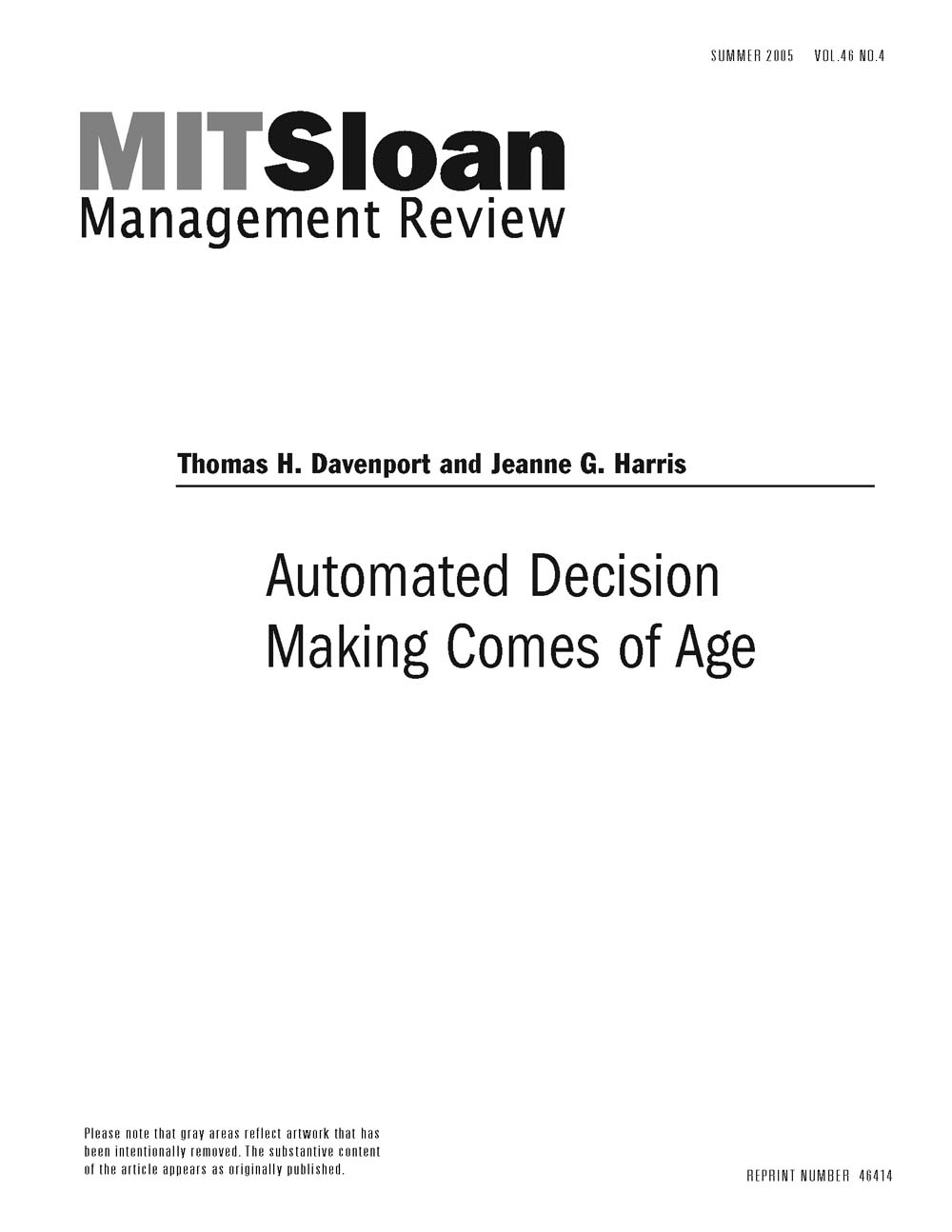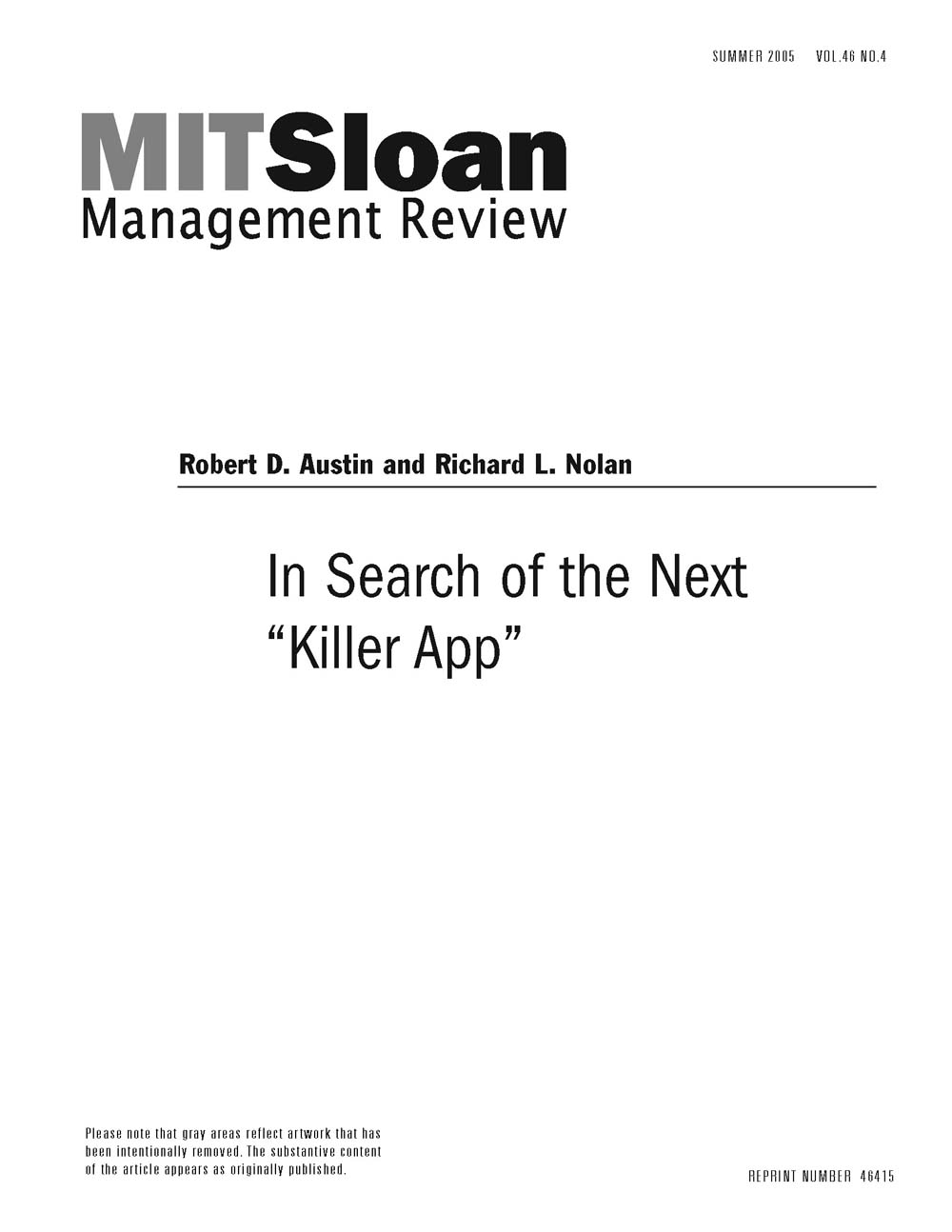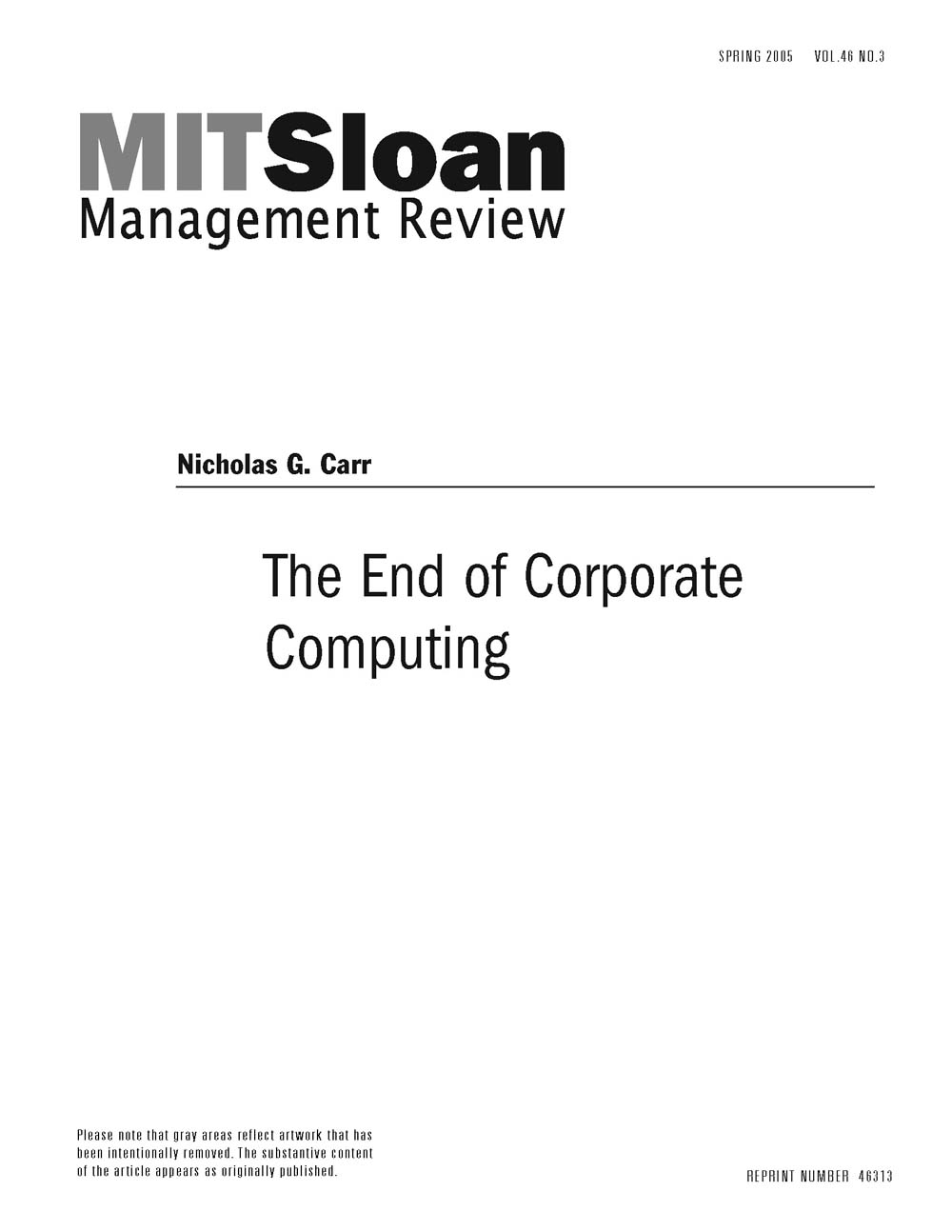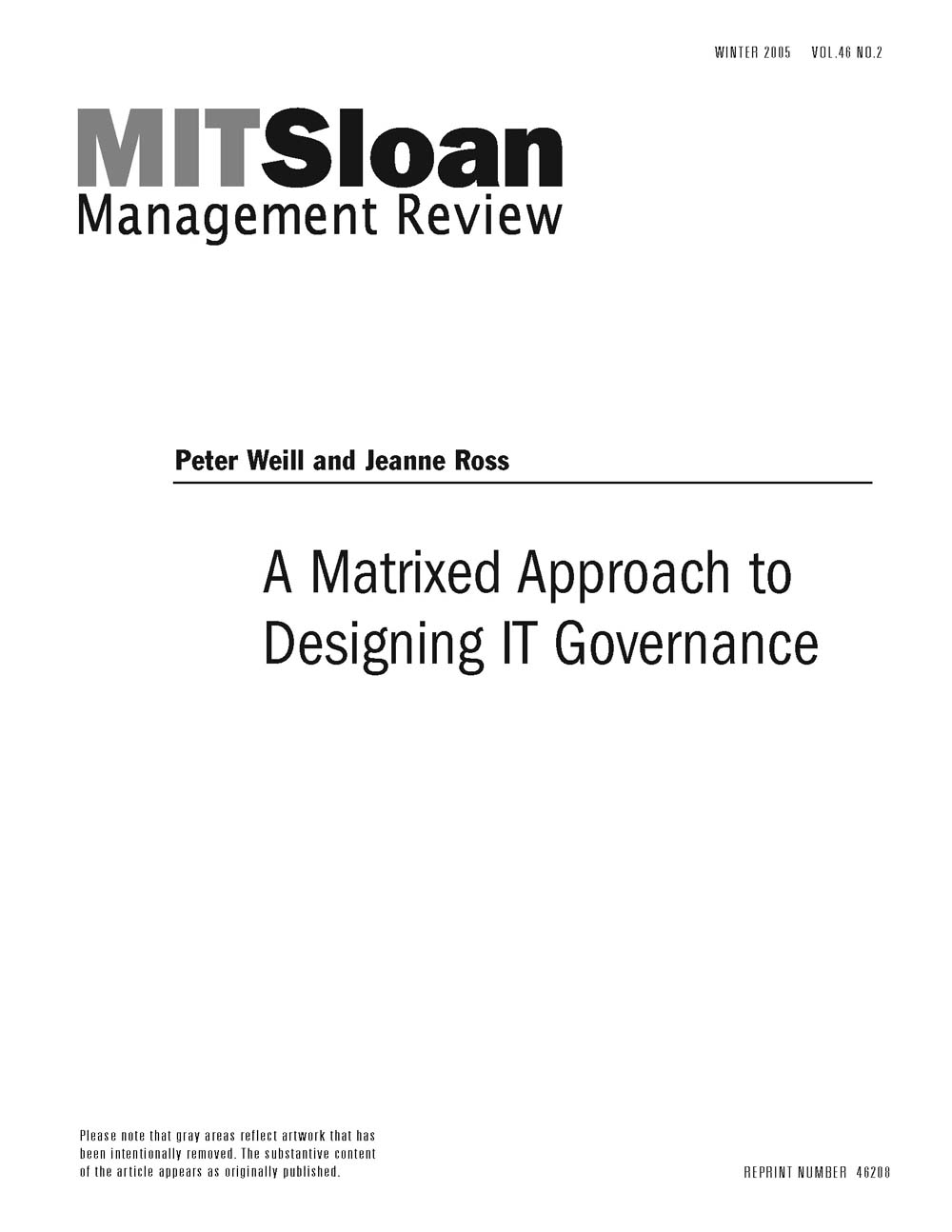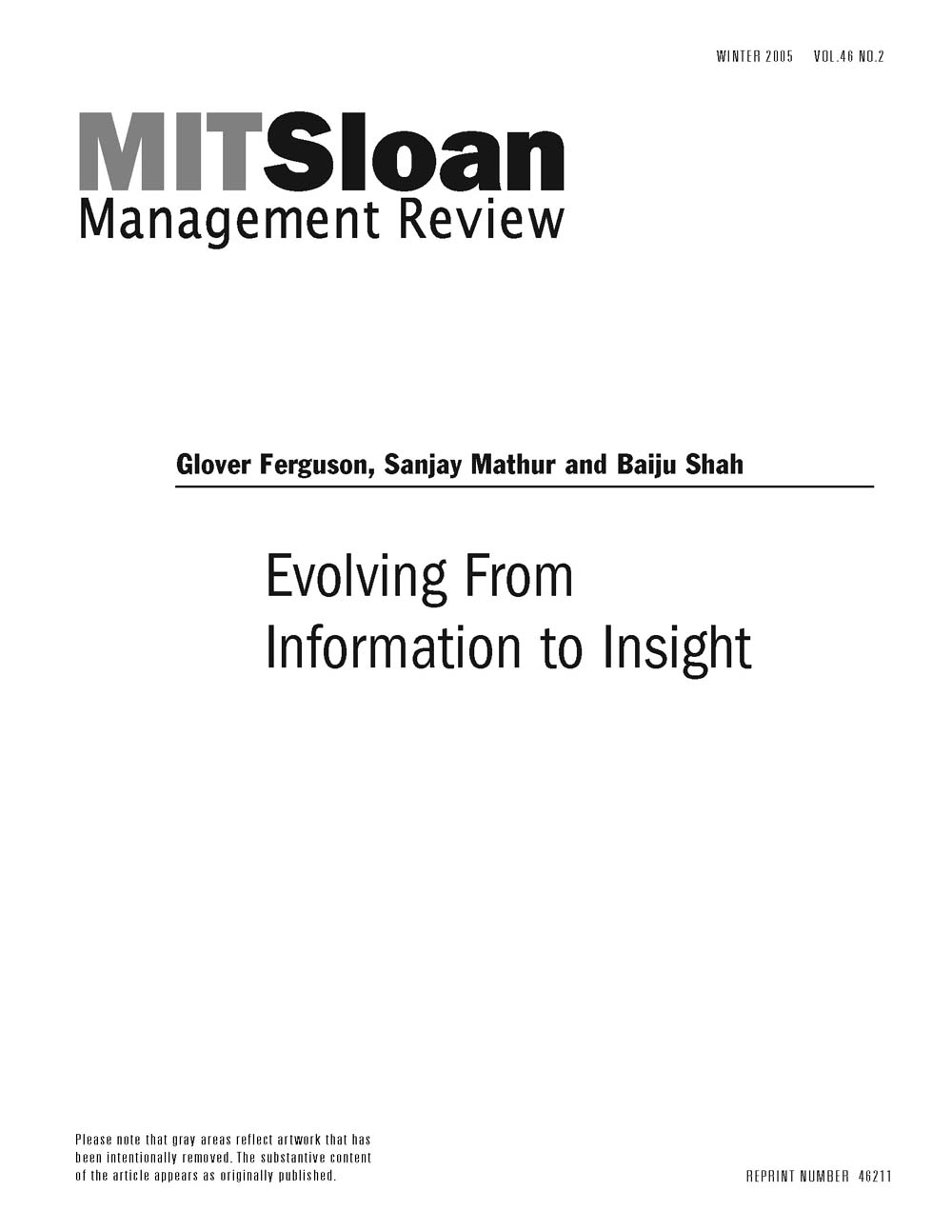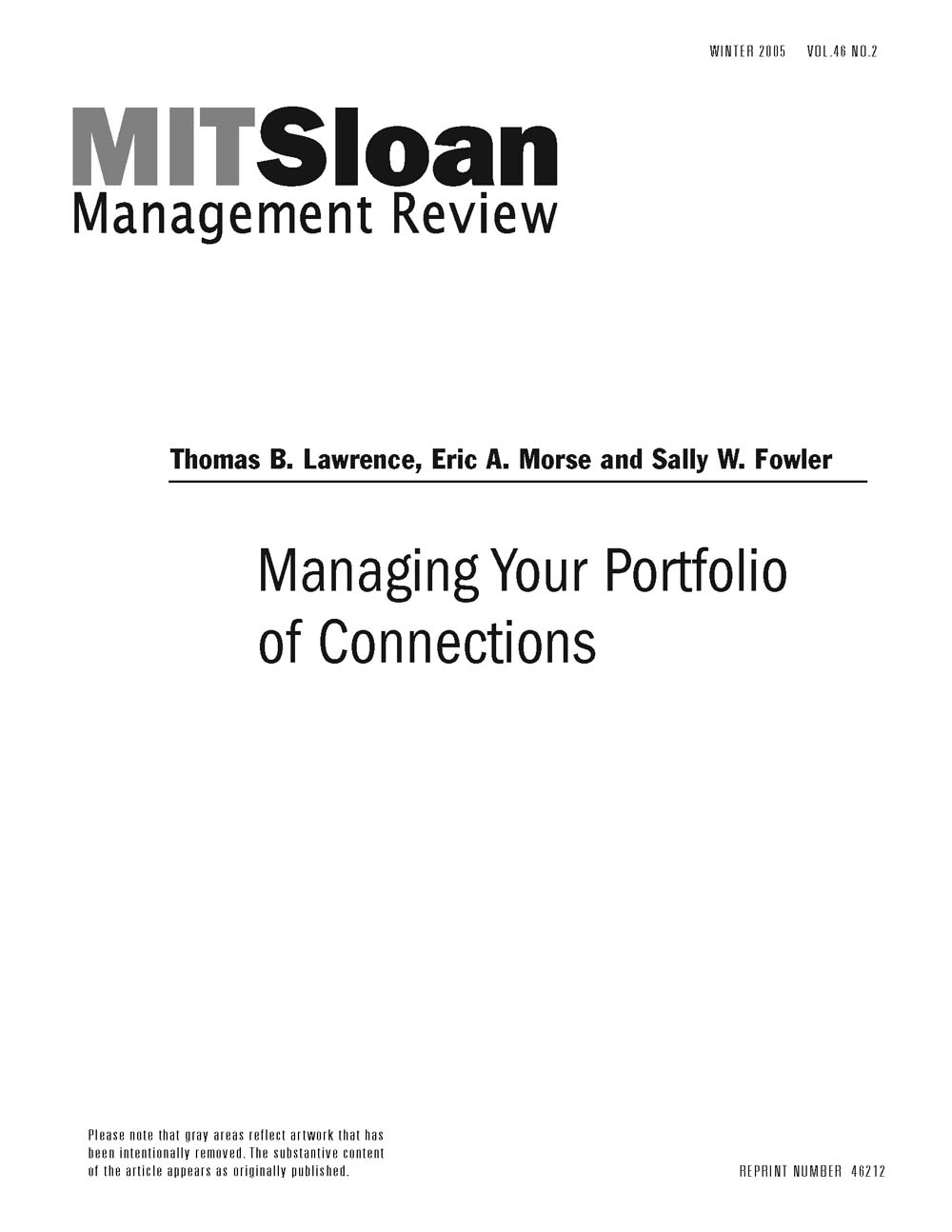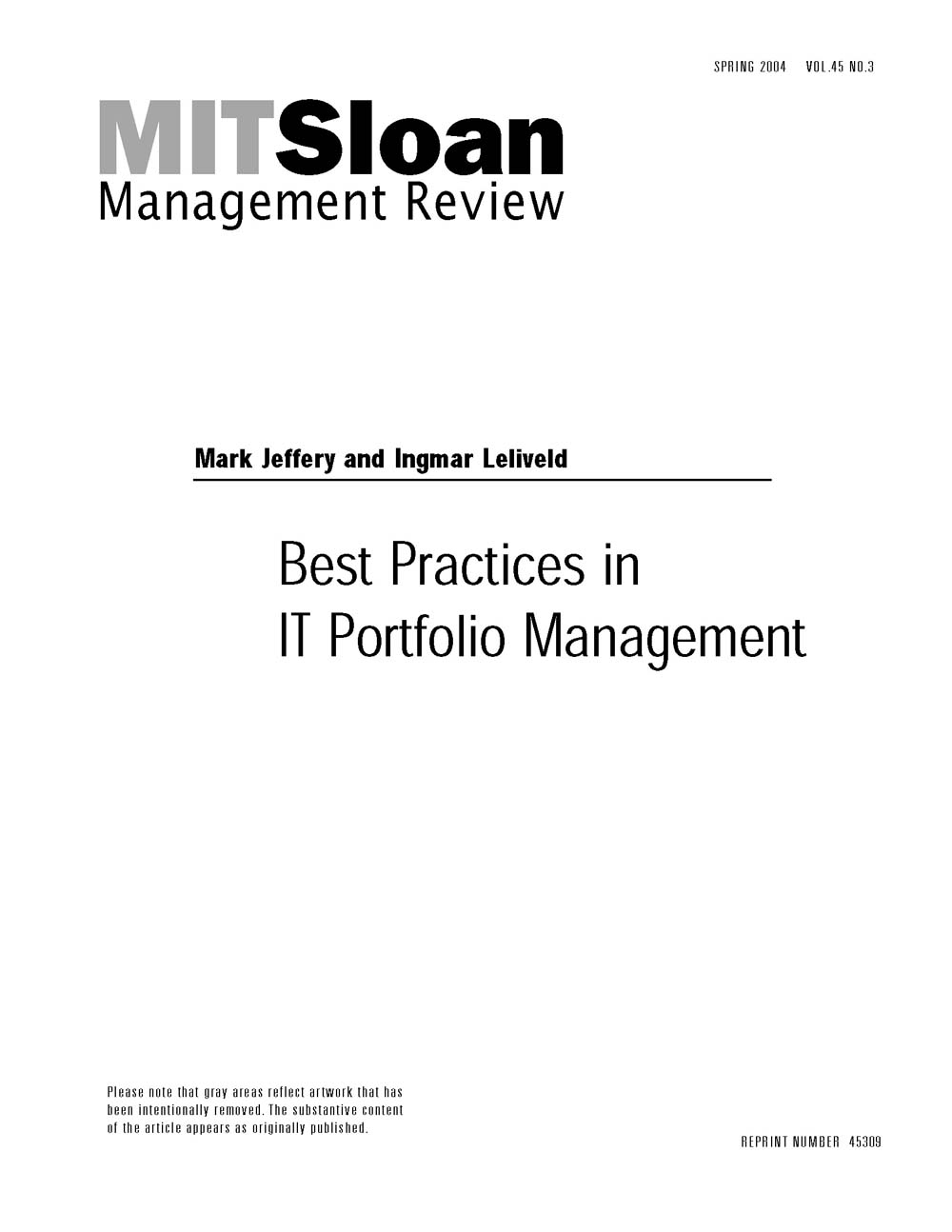Information technology is undergoing an inexorable shift from being an asset that companies own -- in the form of computers, software and myriad related components -- to being a service that they purchase from utility providers. Three technological advances are enabling this change: virtualization, grid computing and Web services. Virtualization erases the differences between proprietary computing platforms, enabling applications designed to run on one operating system to be deployed elsewhere. Grid computing allows large numbers of hardware components, such as servers or disk drives, to effectively act as a single device, pooling their capacity and allocating it automatically to different jobs. Web services standardize the interfaces between applications, turning them into modules that can be assembled and disassembled easily. The resulting industry will likely have three major components. At the center will be the IT utilities themselves -- big companies that will maintain core computing resources in central plants and distribute them to end users. Serving the utilities will be a diverse array of component suppliers -- the makers of computers, storage units, networking gear, operating and utility software, and applications. And finally, large network operators will maintain the ultrahigh-capacity data communication lines needed for the system to work. IT's shift from an in-house capital asset to a centralized utility service will overturn strategic and operating assumptions, alter industrial economics, upset markets and pose daunting challenges to every user and vendor. The history of the commercial application of IT has been characterized by astounding leaps, but nothing that has come before -- not even the introduction of the personal computer or the opening of the Internet -- will match the upheaval that lies just over the horizon.
Nicholas G. Carr • April 15, 2005

